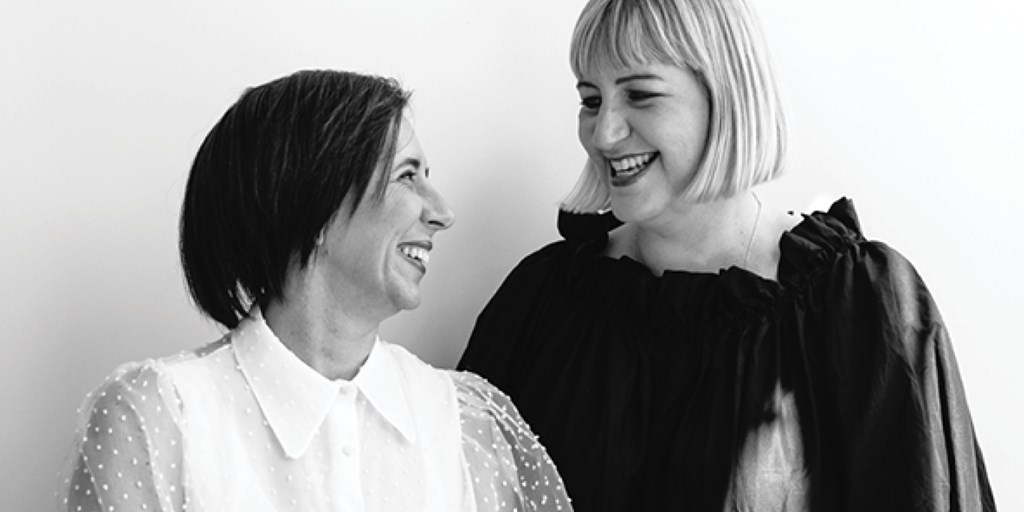You’ve both worked in content, publishing, and marketing for several years. What would you say are some of the key shifts that you’ve observed?
Jo: Let me touch on two notable shifts that I’ve observed. The first is that content marketing typically dominated in the print space and was quite monolithic in its approach in terms of the distribution of content. So, if a beautifully produced magazine for a major retailer was produced, the print distribution was honed and perfected, but very little attention was given to how that content could live on other channels and how all the channels could interact with each other. Digital and print were always treated very separately, which, thankfully, is a thing of the past. The thinking today has certainly shifted to be more omni-channel so that the content strategy isn’t print-first but audience-first.
The second is that the role of the editor has shifted dramatically over the past few years. While "The Devil Wears Prada" version of an editor certainly still exists in some form, the print industry has changed dramatically. Now that a lot of content has moved online, a major misconception is that the editorial eye – the beauty editor, the fashion editor, those roles – has been archived along with our "vintage" issues of Monocle, Harper's Bazaar or Vogue. That couldn't be further from the truth. With the glut of online content [available], the need for well-researched editorial opinion has never been greater. Whether it’s for the tried-and-tested moisturiser, or NFTs and financial guidance, this type of work has a place among us, as does the talent behind it – albeit with a different occupational title and in varying roles.
Do you think SA brands are fully awake to the potential and opportunities around content marketing?
Jo: Absolutely – once they understand what content marketing is, in its truest form, that is. The brave brands that have pioneered this space have thankfully given us relevant examples that we can hold up to show how content is not only a way to organically engage with your community, but actually deliver on business results as well.
Anelde: I agree. A handful of brands have led the pack for a number of years (I’m looking at you, Woolworths and Old Mutual Corporate), but more need to join them. More than that, I’d like to see more local brands allowing content marketing to lead the brand narrative and not be the supporting act to TTL campaigns.
How are you finding that creatives are adopting this ‘new’ realm of content – is the talent pool meeting the need?
Jo: It's an interesting one because we are redeploying tried-and-tested skills in the publishing space to content marketing. I would say skills that are in high demand, but are not abundant in supply, are creatives who have an excellent grasp of how to engage with clients to get the best editorial outcome and have a deep understanding of how to amplify content across channels to make sure the right audience is engaging with the content.
Anelde: I would add that the demise of publishers and media houses has led to an increase of talent in the content marketing pool. And whereas it’s exciting and wonderful, it also comes with obstacles. The art of creating content that engages, entertains and converts is just that – an art. So there’s a lot of education and upskilling that needs to be done. One area in particular that has a massive skills gap is content strategy. I’m incredibly passionate about this, so if there’s anyone out there that wants to learn, please reach out!
What excites you most about the future of content marketing in SA?
Anelde: I alluded to it earlier. I’m excited about content marketing leading the marketing charge for brands. Proper content marketing has the ability to organically build communities that are healthy and that actively and truly resonate with brands; communities that are far more engaged than those forming through paid and third-party platforms.
Lastly, can you tell us your three favourite moments or achievements since starting 2Stories?
Anelde: So many! Literally every week brings a moment worth remembering. But perhaps I can say that our first birthday party was a personal highlight. Not because it was a great party (although it was), but because we were able to celebrate IRL (in between pandemic waves) with (almost) everyone that had played a part in getting us to that big milestone. It’s one of the things I love about 2Stories – the fact that there are way more than just two people making the magic and celebrating the wins.
Jo: That’s very true.
I would have to say: one, we have built a distributed-first content agency – not because we had to, not because of a pandemic, but because we genuinely believe it's the future of meaningful work. Yes, it’s cool that people can work from anywhere, which is obviously very satisfying, but for us, on a deeper level, it's more meaningful that we set the example for our daughters to never ever have to ask to pick up their kids (or dogs), or to accept a lower salary, or turn down a promotion because they need a more realistic expectation of work to feel like a whole human. Forget that!
Two, I’m very proud of how diversity has taken on so many different meanings for us. To date, we have worked with over 100 specialists in their respective fields from across the world.
And lastly, as Anelde said, our first birthday. Statistically, five out of seven businesses don’t make it to their first birthday, so it was incredibly significant for us. But more so because we got to meet – in person – so many of our people (and their significant others) who have made 2Stories possible.
Joanne (Jo) Hope is co-founder and chief operating officer at 2Stories and Anelde Greef is co-founder and chief content officer at 2Stories.


